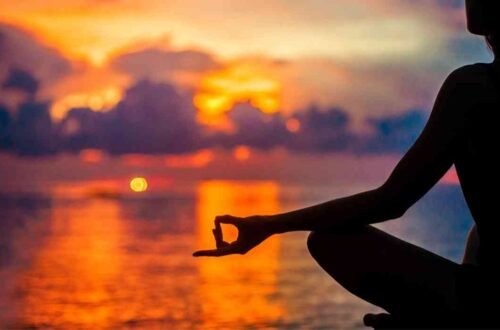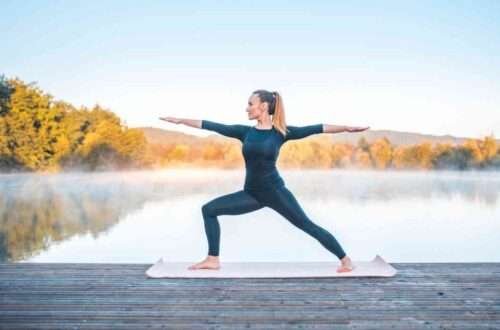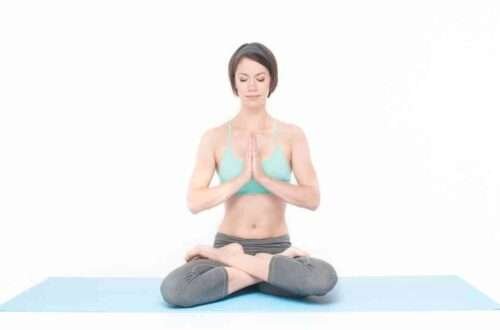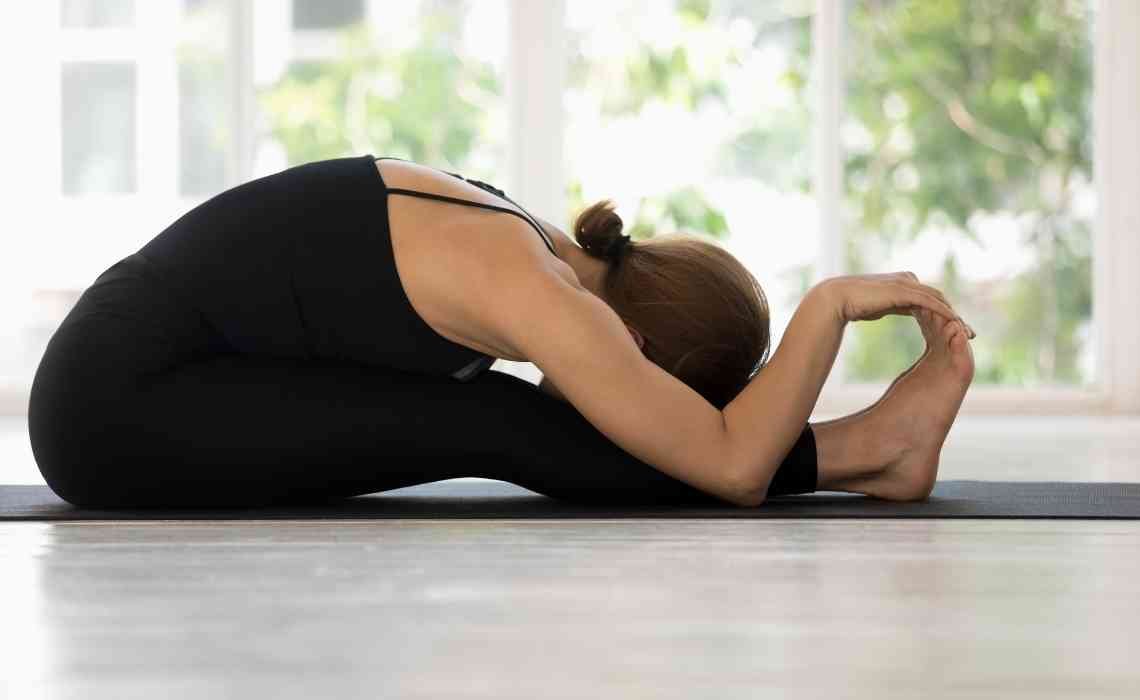
What Are Yoga Stances Called in Simple Terms? Explained for Beginners
Yoga is a wonderful practice that combines body movements, breathing, and focus to help you feel better inside and out. If you have ever taken a yoga class or even just watched one online, you may have noticed that the teacher often says words that sound a little strange, like “Warrior” or “Downward Dog.” These words are the names of different yoga stances. In yoga, these stances are usually called poses or, using a fancy word, asanas (pronounced “ah-suh-nahs”). Let us dive deeper into this topic and make it easy for you to understand.
What Exactly Are Yoga Stances?

Yoga stances are simply the different positions that your body moves into during a yoga session. Each stance has a name, and each one helps your body in a special way. Some stances stretch your muscles, some make you stronger, and others help you relax.
When someone says “yoga stances,” they really mean the poses you do while practicing yoga. These poses are often inspired by nature, animals, warriors, and shapes.
What Is the Word “Asana”?
In yoga, the word “asana” means pose or posture. It comes from an old language called Sanskrit, which was spoken a long time ago in India where yoga started. So, when you hear someone say “asana,” just know they are talking about a yoga stance or position.
For example, “Vrikshasana” is the Sanskrit word for “Tree Pose” where you stand on one foot like a tree. Knowing this helps you understand yoga a little better.
Why Are Yoga Stances Important?
Yoga stances are important because they help our bodies in so many ways. First, they make our muscles stretch and become more flexible, like when you pull a rubber band gently. This keeps your body from becoming stiff.
Second, yoga stances build strength. Holding your body in a certain way for a few breaths makes your muscles work harder. This can make you stronger over time.
Third, yoga stances help you relax and calm your mind. Some poses are designed to make you feel peaceful and happy, almost like when you hug your favorite pillow.
Different Types of Yoga Stances
There are many different types of yoga stances. Some stances make you feel powerful and energized, while others help you stretch deeply or even lie down and relax. Let us look at a few main types:
Standing Poses
Standing poses are done while you are standing up. These poses usually help you build balance and strength. Examples include “Mountain Pose,” where you stand tall like a mountain, and “Warrior Pose,” where you look strong and brave like a fighter.
These poses help your legs get strong and make you feel steady. They also teach you how to stay grounded and confident.
Sitting Poses
Sitting poses are done while you sit on the floor. They are great for stretching your hips, legs, and back. A famous example is “Easy Pose,” where you sit cross-legged with a straight back.
Sitting poses are important because they give your body a break and let you focus more on breathing deeply and feeling calm.
Backbends
Backbends are poses where you bend your back backward, like a bridge. One example is “Cobra Pose,” where you lie on your tummy and lift your chest up, looking like a snake.
Backbends help open up your chest and heart. They can make you feel more awake and energized. But it is important to do them carefully to protect your back.
Forward Bends
Forward bends are the opposite of backbends. You fold your body forward, like when you touch your toes. “Seated Forward Bend” is one simple example.
These stances help calm your mind and stretch your legs and back. They are great for helping you relax after a busy day.
Twisting Poses
Twisting poses are when you turn your spine to one side. “Half Lord of the Fishes Pose” is one twisting stance that sounds funny but feels amazing.
Twists help your spine stay healthy and flexible. They also help massage your inside organs, which keeps your tummy happy.
Balancing Poses
Balancing poses are all about finding your center. “Tree Pose” is a good example. You stand on one leg and bring your other foot up to your inner thigh, just like a tree standing tall and firm.
Balancing poses help you concentrate and strengthen the muscles that keep you upright. Practicing balance also teaches patience and focus.
Resting Poses
Resting poses let your body relax completely. “Child’s Pose” is a famous resting stance where you kneel on the floor and stretch your arms forward.
Resting poses are important because they let your muscles recover and your mind find peace. They also give you time to breathe and reflect.
Some Popular Yoga Stances and Their Meanings
Let us explore a few well-known yoga stances and what they mean:
Mountain Pose (Tadasana): You stand tall with your feet together and arms by your side. This pose teaches you to feel grounded and steady like a mountain.
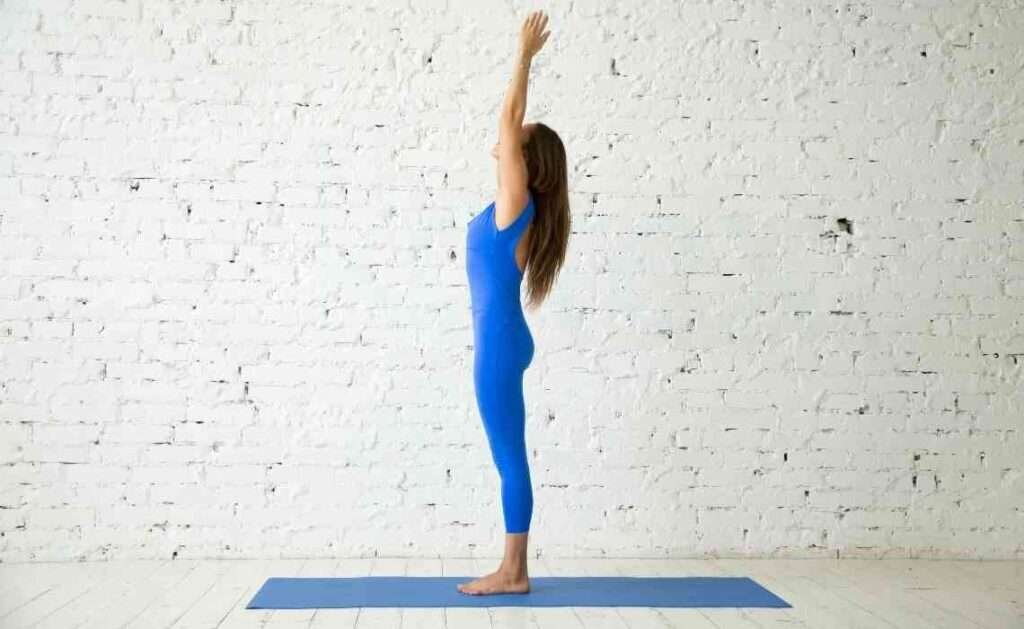
Downward-Facing Dog (Adho Mukha Svanasana): You form an upside-down V shape with your body, hands, and feet on the ground. This pose stretches your whole body and gives you a burst of energy.

Warrior I, II, III (Virabhadrasana I, II, III): These poses look strong and powerful, like a warrior ready for battle. They help build strength and courage.
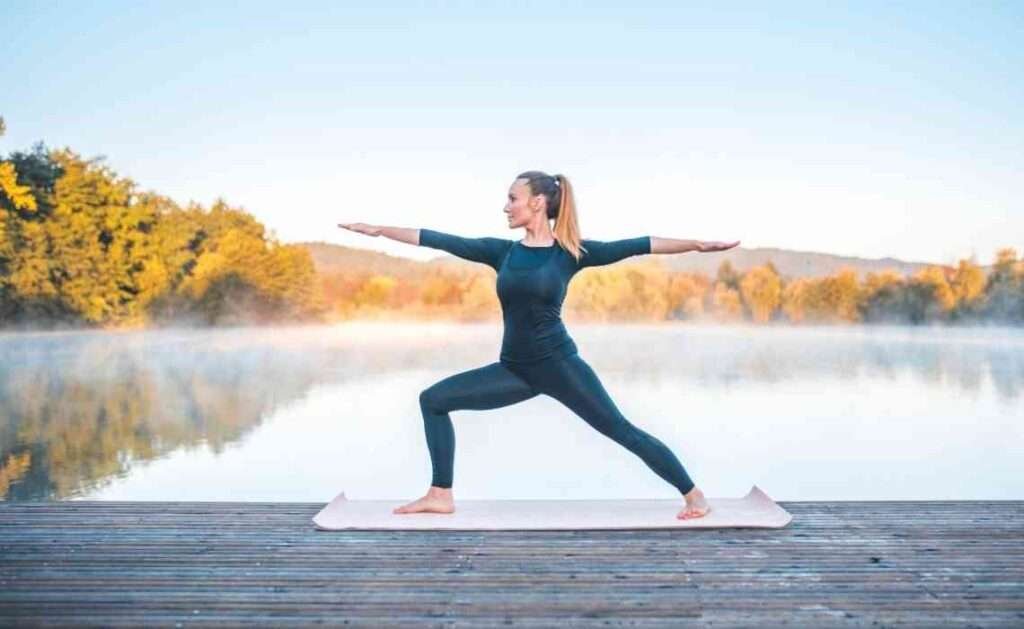
Tree Pose (Vrikshasana): You balance on one foot like a tree rooted to the ground. It improves balance and focus.

Child’s Pose (Balasana): You curl into a ball on the floor and rest your forehead on the ground. This is a resting pose that feels safe and calming.
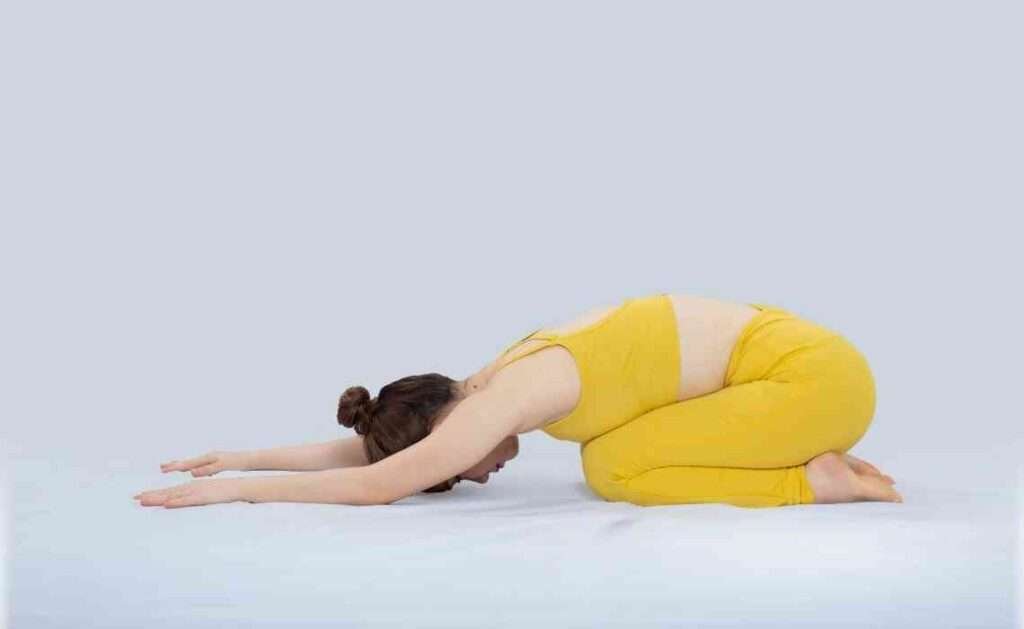
Cobra Pose (Bhujangasana): You lie on your stomach and lift your chest, like a snake rising up. It strengthens your back and opens your chest.
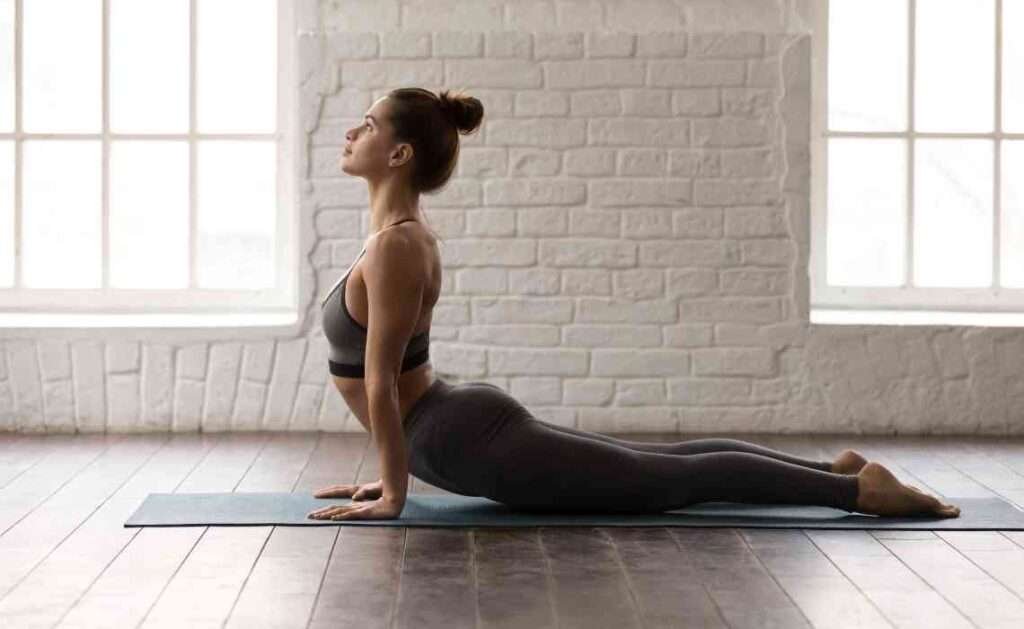
Corpse Pose (Savasana): You lie flat on your back like you are sleeping. It is the ultimate relaxation pose, usually done at the end of a yoga session.
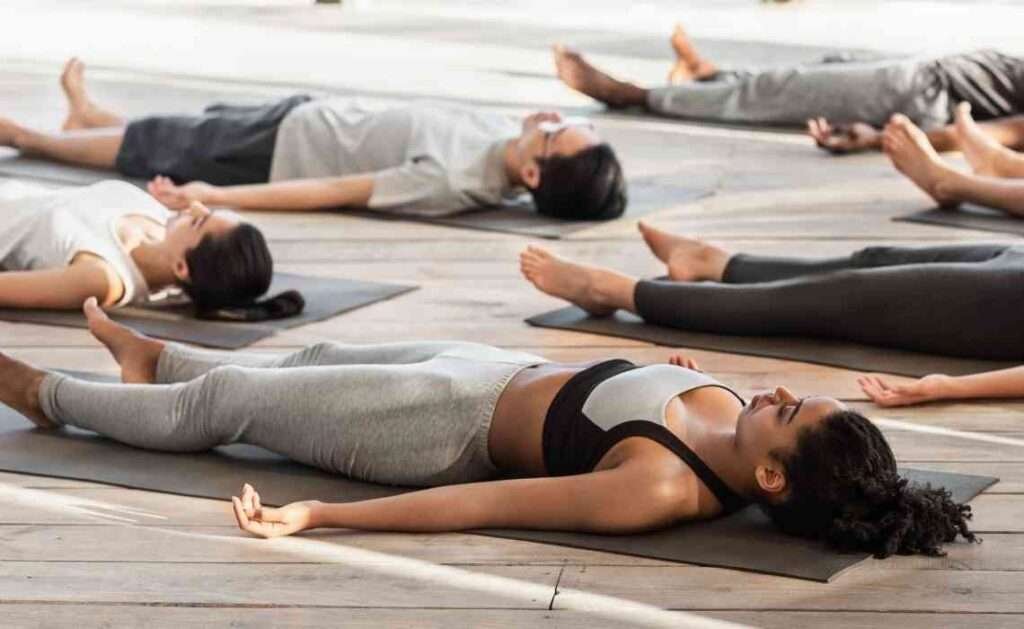
How Are Yoga Stances Named?
Most yoga stance names come from nature, animals, or warriors. Ancient yoga teachers believed that copying the movements and strengths of animals, trees, and other natural things would help people become stronger, calmer, and wiser.
For example, standing tall like a mountain teaches strength. Bending like a cobra makes your back strong and flexible. Twisting like a fish helps you move smoothly.
The names are usually given in Sanskrit, the ancient Indian language, but many teachers today also use the English names so everyone can understand easily.
Do You Need to Know the Sanskrit Names?
It is not necessary to memorize the Sanskrit names unless you want to. Many yoga teachers use both the Sanskrit and English names to make it easier for students.
Learning a few Sanskrit words like “asana” (pose) can be fun and help you feel more connected to the roots of yoga. But the most important thing is understanding the pose and doing it safely.
How to Practice Yoga Stances Safely
Practicing yoga stances safely is super important to avoid getting hurt. Always listen to your body. If a pose feels painful, it is okay to stop or adjust it.
Start slowly and use a yoga mat so your body has some cushion. Stretch gently, and remember that it is not about being perfect. It is about feeling good and taking care of your body.
Breathing is also key. Take deep breaths while holding poses. This helps your body stay relaxed and gets more oxygen to your muscles.
Benefits of Practicing Yoga Stances
Yoga stances have so many benefits. They make your muscles stronger, stretchier, and more flexible. They also help your body posture, making you stand and sit taller and straighter.
Yoga stances calm your mind, helping you feel less stressed and more peaceful. When you focus on your body and breathing, worries seem to fade away.
They also boost your balance, coordination, and energy levels. Some people even sleep better after practicing yoga because their minds and bodies feel more relaxed.
Fun Tip: Make Up Your Own Names
If remembering all the yoga names feels tricky, you can make up your own fun names. For example, if “Downward Dog” is hard to remember, you could call it “Puppy Stretch.” As long as you know how to do the pose safely, it is okay to have fun with it.
Yoga is all about feeling happy, healthy, and peaceful. So have fun learning the poses and maybe even invent a few new ones!
Yoga stances, also called poses or asanas, are different body positions you do while practicing yoga. They have cool names often inspired by animals, nature, or warriors. Each stance has special benefits like stretching muscles, making you stronger, calming your mind, or helping you balance.
Whether you call it “Mountain Pose” or “Tadasana,” what matters most is how the pose makes you feel. Practicing yoga stances is a wonderful way to connect your mind, body, and breath in a simple, joyful way.
So next time someone asks you, “What are yoga stances called?” you can confidently say, “They are called poses or asanas!”



